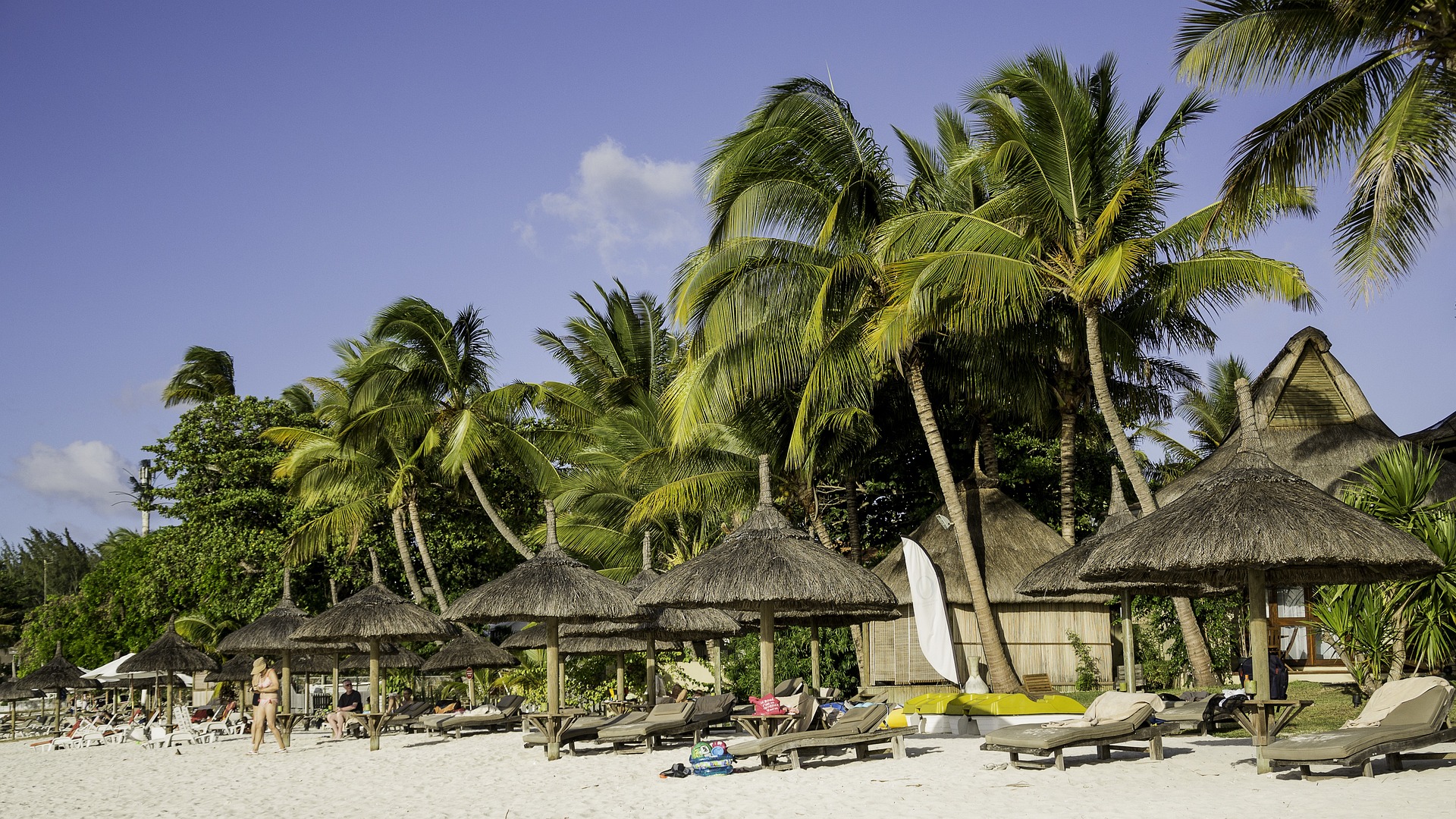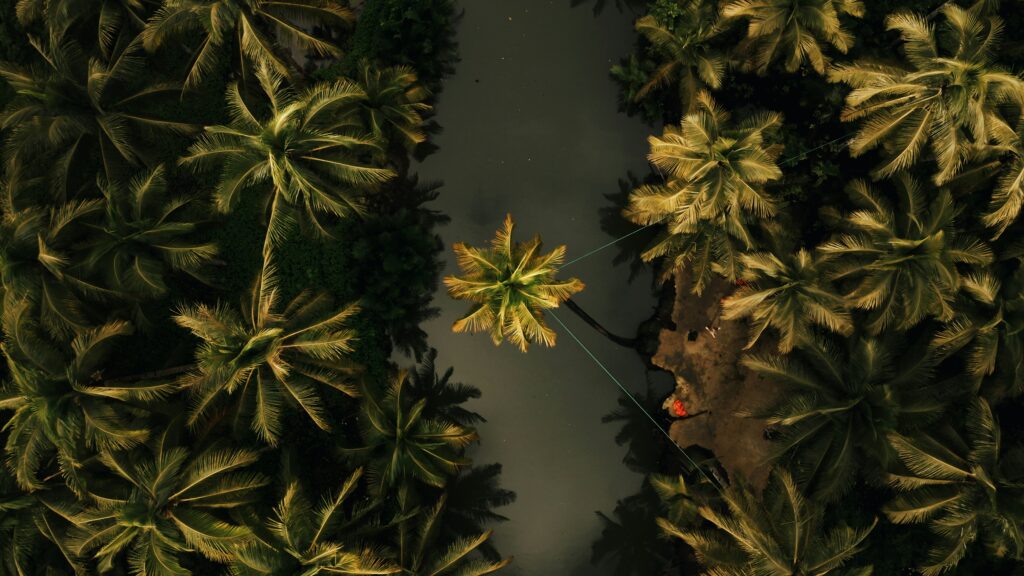Philippines
The Philippines, an archipelago of over 7,000 islands, is a Southeast Asian country known for its rich cultural heritage, stunning natural beauty, and resilient people. With a population of more than 110 million, the Philippines is one of the most populous nations in the region. The country’s strategic location along the Pacific Ring of Fire and the historical influences of various cultures have shaped its unique identity.
Historical Background
The history of the Philippines is a story of colonialism, resistance, and the forging of a national identity. Before the arrival of Europeans, the islands were home to various indigenous tribes and kingdoms, each with its own distinct culture and social structures. These early societies engaged in trade with neighboring regions such as China, Malaysia, and Indonesia.
In 1521, the Portuguese explorer Ferdinand Magellan arrived in the Philippines, marking the beginning of Spanish colonization. The Spanish ruled the islands for over 300 years, introducing Christianity, which remains the dominant religion today, and influencing Filipino culture, language, and architecture. The Spanish legacy is still evident in the country’s historic churches, fiestas, and the widespread use of Spanish surnames.
The Philippines declared independence from Spain in 1898, but the country quickly came under American rule following the Spanish-American War. The United States established a new system of government, education, and infrastructure, and English became a second official language. The Philippines gained full independence from the United States on July 4, 1946, after a brutal occupation by Japan during World War II.
The post-war era saw the Philippines establish itself as a democratic nation, albeit with periods of political instability and authoritarian rule. Today, the country is a vibrant democracy with a diverse economy and a growing middle class.
Cultural Heritage and Society
The Philippines’ cultural heritage is a rich blend of indigenous, Asian, Spanish, and American influences. This unique cultural mosaic is reflected in the country’s languages, religions, festivals, and arts. Filipino and English are the official languages, while Tagalog serves as the basis for the national language, Filipino. The country is also home to over 170 languages and dialects, reflecting its diverse ethnic groups.
Religion plays a central role in Filipino life, with Roman Catholicism being the predominant faith, followed by Islam, Protestantism, and indigenous beliefs. The country’s religious devotion is evident in its numerous festivals, such as the Sinulog Festival, Ati-Atihan, and Pahiyas, which are celebrated with colorful parades, traditional music, and dances.
The Philippines is known for its strong family ties and a culture of bayanihan, or communal unity and cooperation. This sense of community is deeply ingrained in Filipino society and is reflected in the way people come together to help one another in times of need.
Filipino arts and crafts, such as weaving, pottery, and woodcarving, showcase the creativity and craftsmanship of the Filipino people. The country’s literature, music, and dance also reflect its diverse cultural influences. Traditional forms of music and dance, such as kundiman and tinikling, are celebrated alongside modern genres like OPM (Original Pilipino Music).
Geography and Natural Beauty
The Philippines’ geography is characterized by its archipelagic nature, with islands that range from large and mountainous to small and flat. The country is divided into three main geographical regions: Luzon, Visayas, and Mindanao. Each region has its own distinct culture, language, and attractions.
The Philippines is renowned for its natural beauty, with pristine beaches, crystal-clear waters, and diverse marine life. Boracay, Palawan, and Cebu are among the most famous tourist destinations, attracting visitors with their white sand beaches, coral reefs, and stunning landscapes. The Chocolate Hills in Bohol and the rice terraces of Banaue are other iconic natural landmarks.
The country’s rich biodiversity is another of its great assets. The Philippines is considered a biodiversity hotspot, with numerous endemic species of plants, animals, and marine life. The Tubbataha Reefs Natural Park and the Apo Reef are UNESCO World Heritage Sites known for their exceptional marine biodiversity.
However, the Philippines is also prone to natural disasters due to its location along the Pacific Ring of Fire and the typhoon belt. Earthquakes, volcanic eruptions, and typhoons are common, posing significant challenges to the country’s development and infrastructure.
Economic Development and Challenges
The Philippines has a mixed economy, with agriculture, manufacturing, and services being the key sectors. The country is a major producer of electronics, garments, and agricultural products such as rice, coconut, and bananas. The Philippines is also one of the world’s leading exporters of skilled labor, with millions of Overseas Filipino Workers (OFWs) contributing significantly to the national economy through remittances.
In recent years, the Philippines has experienced robust economic growth, driven by a booming services sector, particularly in the areas of business process outsourcing (BPO) and tourism. Metro Manila, the capital region, is the economic and political center of the country, home to major businesses, financial institutions, and government offices.
Despite its economic progress, the Philippines faces challenges such as poverty, income inequality, and corruption. The country’s infrastructure needs improvement, particularly in transportation, health care, and education. Environmental issues, including deforestation, pollution, and the impact of climate change, also pose significant challenges.
In conclusion, the Philippines is a country of great diversity and resilience. Its rich history, vibrant culture, and stunning natural beauty make it a unique and dynamic nation in Southeast Asia, with a promising future on the global stage.
Posts
FAQ
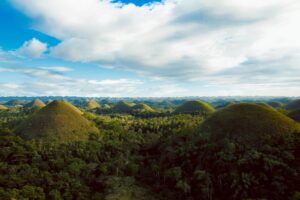
The Philippines has a tropical climate, with the dry season typically running from November to April and the wet season from May to October. Except that, travelers can enjoy sunshine and warmth throughout the year.
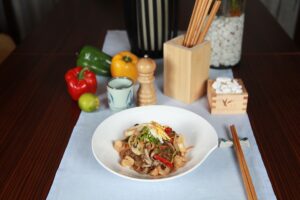
Filipino cuisine is a delightful mix of flavors, combining influences from Spanish, Chinese, and indigenous traditions. Must-try dishes include adobo, sinigang, and lechon.
Yes, English is one of the official languages, making it easy for travelers to communicate. Most Filipinos are fluent in English, enhancing the overall travel experience.
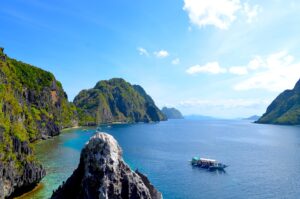
Explore the beauty of Palawan, with its stunning beaches and underground rivers, or visit Boracay for its white sandy shores. Bohol and Siargao are also popular choices for their unique attractions.

Absolutely. The Philippines hosts vibrant festivals throughout the year, such as the colorful Sinulog Festival in Cebu and the Ati-Atihan Festival in Kalibo. With this, locals celebrate the nation’s rich cultural heritage.


